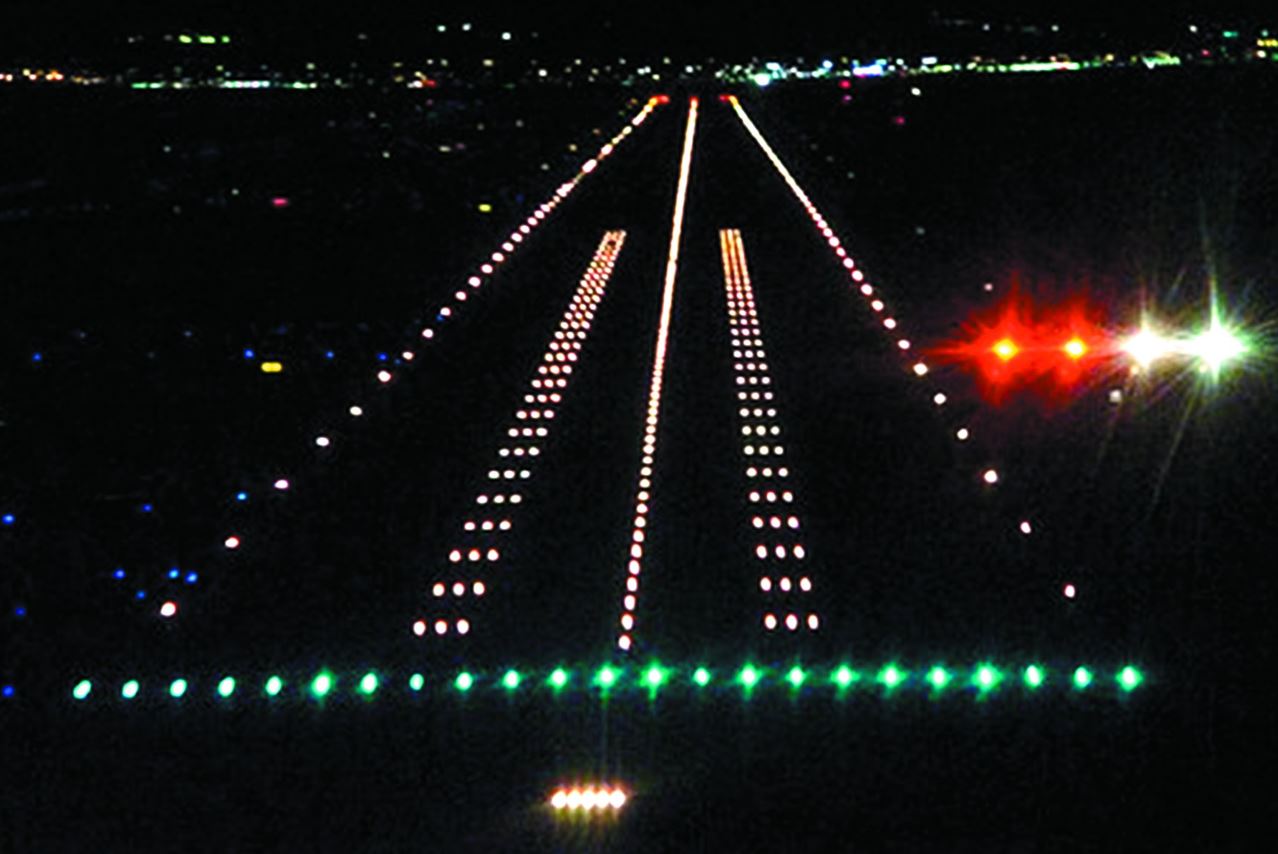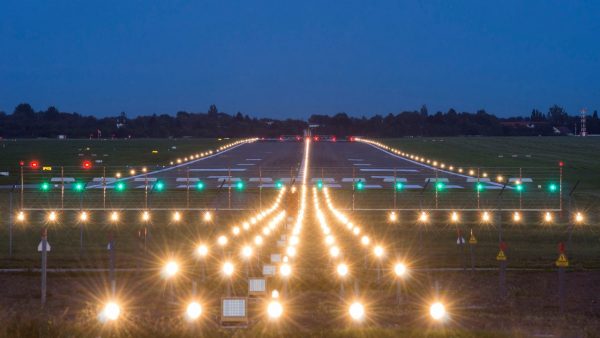From Threshold to Touchdown: Decoding the Markings on Airport Runways
HELLO AND WELCOME TO MY BLOG!
Hello aviation enthusiasts! Welcome to my blog, where we'll be diving into the fascinating world of airport runways and runway lights. Buckle up and get ready for an in-depth exploration of these essential components of aviation. Whether you're a seasoned pilot, an aviation enthusiast, or simply curious about the inner workings of airports, this article will provide you with a detailed understanding of the lines, marks, and lights that grace the runways.
Let's start by delving into the purpose of runways. Runways are the essential "highways" of the sky, providing a designated surface for aircraft takeoffs and landings. They play a crucial role in ensuring safe and efficient operations at airports worldwide. As you gaze out of the airplane window during takeoff or landing, you'll notice an intricate network of lines, marks, and lights on the runway. These visual aids serve to guide pilots and enhance their situational awareness.
Lines and marks on the runway are not mere decorations; each one serves a specific purpose. First up, we have the centerline, which runs the entire length of the runway. This line helps pilots maintain a precise alignment with the runway and provides a visual reference point for a touchdown during landings. It's a crucial guide, especially during low-visibility conditions when pilots heavily rely on instruments and visual aids.
Next, we encounter the threshold markings. These distinctive markings indicate the beginning of the runway and serve as a reference point for pilots during takeoff and landing. The threshold markings consist of large white rectangles that span the width of the runway, helping pilots determine the exact location to lift off or touch down. You might have also noticed smaller white arrows or chevrons placed before the threshold markings. These chevrons are known as runway aiming point markings, and they assist pilots in accurately aligning their aircraft with the runway during landing.
Moving further down the runway, you'll come across a series of stripes known as runway touchdown zone markings. These markings comprise several sets of parallel lines placed in the touchdown zone of the runway. The touchdown zone is the area where the wheels of an aircraft first make contact with the ground during landing. These markings provide pilots with valuable visual cues, enabling them to judge their approach and touchdown point more precisely.
As we explore the runway further, we encounter runway edge lights. These lights, usually white, are positioned along both sides of the runway and help define its edges. They play a vital role in assisting pilots in maintaining alignment during takeoff, landing, and taxiing. Runway edge lights also enhance the visibility of the runway at night or in low-visibility conditions, ensuring safe operations around the clock.
In addition to the runway edge lights, you'll notice runway centerline lights. These lights, often green, are embedded in the centerline of the runway and provide pilots with a clear visual reference during takeoff and landing. Just like runway edge lights, they contribute to enhancing safety, especially when visibility is limited.
Let's not forget about Precision Approach Path Indicators (PAPI). These lights assist pilots in maintaining the correct glide path during landing. PAPI lights emit red and white colors, with two white and two red lights indicating the correct glide path. If there are more red lights, the aircraft is below the glide path, and if there are more white lights, it's above. PAPI lights are especially valuable in low visibility or at night, ensuring safe landings. Remember to appreciate these lights as they guide pilots to a smooth touchdown.
Lastly, we have the runway end identifier lights, commonly known as REIL. These lights are a pair of synchronized flashing lights located at each end of the runway. They help pilots identify and locate the runway from a distance, assisting them during the approach and providing a clear indication of the runway's boundaries.
So there you have it, a comprehensive overview of the lines, marks, and lights that adorn airport runways. These visual aids are more than just paint and bulbs; they are the invisible hands guiding aircraft safely through the skies. Next time you find yourself on a flight, take a moment to appreciate the intricate details on the runway and the invaluable role they play in aviation.
I hope you enjoyed this journey into the world of airport runways and runway lights. Stay tuned for more exciting topics in the realm of aviation. Until next time, happy flying!
Oh, by the way, Just wanted to remind you that in addition to my aviation blog, I also have another blog dedicated to the extraordinary stories from history. It's called historyisextraordinary.blogspot.com, and it's packed with interesting and hilarious tales from the past. If you're a fan of learning about history in a fun and engaging way, then be sure to check it out! Who knows, you might just learn something new, or at least have a good laugh. Let me know in the comments if you're interested in hearing more!


.jpg/1024px-Runway_34%2C_Nagoya_Airfield_(3937428018).jpg)






Thank you efenim for this valuable information ♡(✷‿✷)♡
ReplyDelete